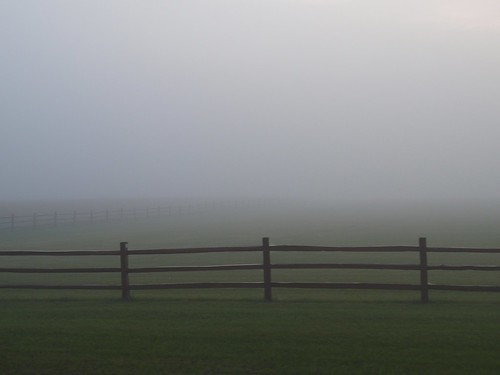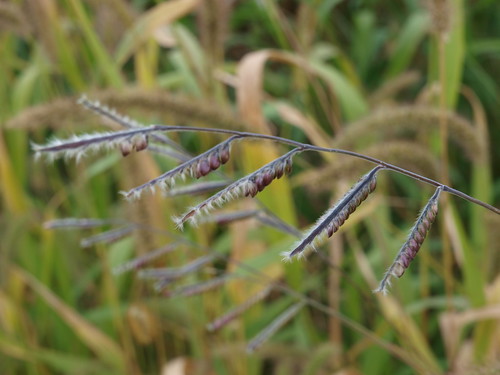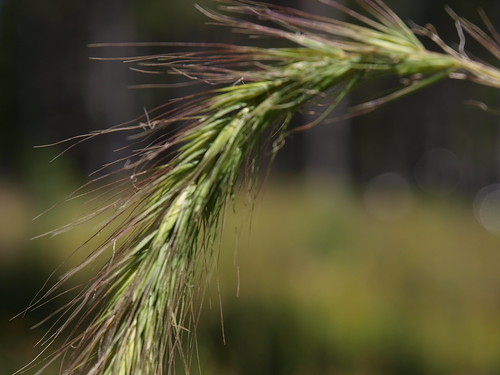
http://economiacircularverde.com/que-es-la-economia-circular/ Smooth Sumac © 2008
Tramadol Mastercard Sumacs are famous for their red foliage and fruits throughout much of autumn. The fruits remain over winter and even throughout the following spring, providing much needed winter food for birds. It’s not that the birds are particularly fond of the berries (the berries are really drupes as they have a pit, not a seed), but that it is one of the few available foods. Moose and deer, however, are more than happy to chomp on the foliage and fruits, and often crop the bushes quite close to the ground.
I think the sumac is at its most attractive when the fruits are bright red, and the red berries are surrounded by foliage that is just turning from greens to blue/purples to reds.














